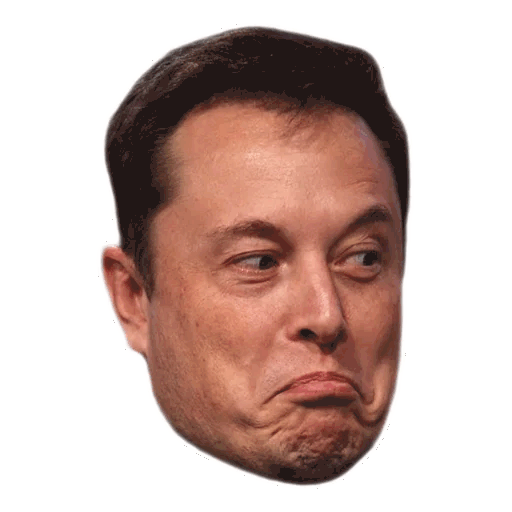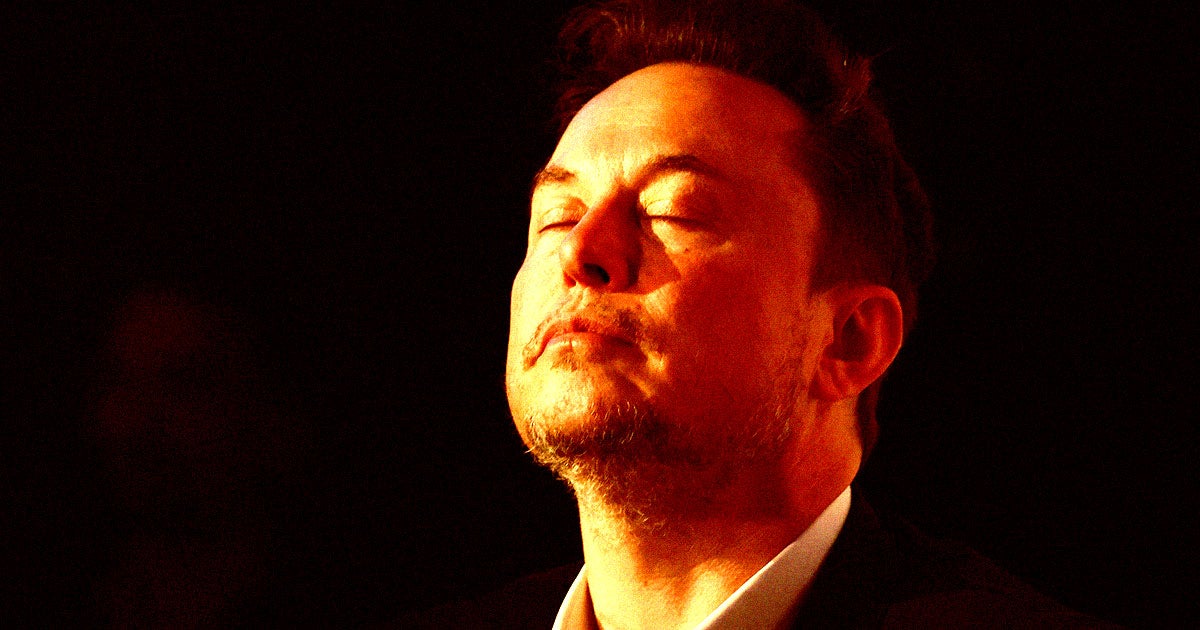“Whether you hate me, like me or are indifferent, do you want the best car, or do you not want the best car?” [Apartheid Manchild] told audiences at an event in November.
Well, for starters I don’t want a car at all. I’d rather use public transit. You know, an actually effective means of reducing emissions.
If I were in the market, yes, I would want the best car. Which is why I’d never buy a Tesla. I’d buy an XPeng or a BYD or the like.



As other commenters have said, this is just not how the system works. Something was misunderstood or some context was probably lost somewhere. I have driven a new-ish 2021 Model 3 as a daily, and there are basically 2 modes of auto driving. One is autopilot, which is very similar to adaptive cruise control with lane-keep assist in other cars. Then there’s full self-driving, which is supposed to be you entering a destination and your car will take you there with minimal interference. You also need to pay out the wazoo for that FSD functionality. Tesla needs you to be vigilant in both cases, and you’re responsible for a crash in both cases. Now onto the brakes, in either system, when you press the brakes, the car immediately applies brakes. On occasion, it’s taken the automated driving system a second to shut off when I apply the brakes, but I have always felt the brakes immediately kick in. Teslas at the moment do not have brake-by-wire. They have throttle-by-wire (duh, EVs), and steer-by-wire on some of the more recent higher end models. All of them have a hydraulic braking system where your foot on the pedal is immediately converted to braking pressure. Your friend is mistaken, and the crash is their responsibility for not maintaining vigilance. Afaik, very few companies are at self-driving tier 3, which is where the company would be responsible for a crash. Tesla is not there yet.